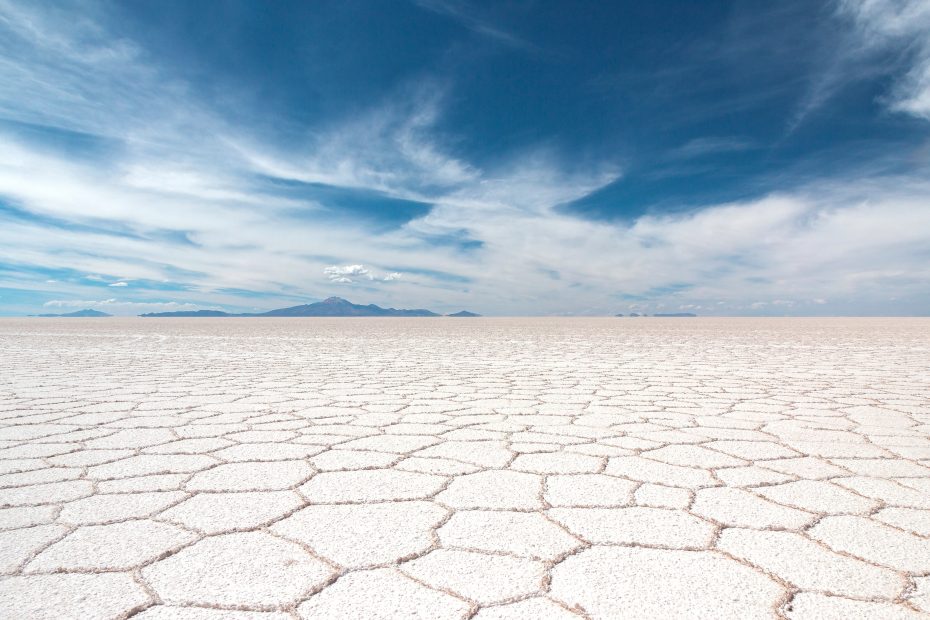Table of Contents
Introduction
Bolivia is a country full of history and cultural traditions. Despite its small size, Bolivia boasts incredible diversity, with indigenous groups making up over 60% of the population. Their ancient customs and practices form an integral part of Bolivia’s national identity. From weaving textiles to playing folk music, Bolivia’s cultural heritage stretches back centuries and continues to thrive today. Join us as we explore some of the most fascinating aspects of this diverse cultural legacy.
Indigenous Peoples and Traditions
The two largest indigenous groups in Bolivia are the Aymara and Quechua. They have maintained many of their traditional practices even after the arrival of the Spanish in the 16th century. Traditional clothing made from vibrantly colored textiles is still commonly worn by Aymara and Quechua women today. The distinctive bowler hats and layered skirts represent each woman’s community and marital status. Many festivals and rituals are also still celebrated, such as the Aymara New Year marking the winter solstice.
Cuisine
Food is another essential part of Bolivia’s cultural heritage. Staple ingredients like corn, potatoes and quinoa are used in many iconic dishes. Salteñas, savory pastries filled with beef and vegetables, are a popular snack. Pique macho, a massive plate of fries, beef and sausage, is a classic hangover cure. Other specialties include silpancho, a pancake layered with meat and vegetables, and ají de lengua, a spicy cow tongue stew. Regional variations also abound between the Altiplano, Valley, and Tropical regions.
Architecture
Bolivia’s architecture chronicles its rich past. The ruined temples and palaces of the Tiwanaku and Inca civilizations showcase advanced engineering for their time. When the Spanish arrived, they built churches, government buildings and plazas in the Baroque and Mestizo styles, fusing native and European influences. In modern cities like La Paz, contemporary architects incorporate indigenous symbolism into cutting-edge designs.
Arts and Crafts
Traditional Bolivian arts and crafts demonstrate superb artistry and technical skills. Highland communities produce renowned ceramics and textiles. Weavers use backstrap looms to create multi-colored aguayos, decorative cloth works. Crafters make instruments like the charango, a small Andean guitar, and the zampoña, panpipes carved from cane or wood. These handicrafts hold deep cultural meaning.
Religious Traditions
Catholicism is the dominant religion in Bolivia, blended with indigenous beliefs. The Virgin of Copacabana mixing Christian and Andean iconography, exemplifies this syncretism. Pilgrims visit her shrine at Lake Titicaca, crossing the strait on reed boats as the Incas once did. Many indigenous communities have also preserved their nature-based spiritual practices alongside Catholic rituals.
Languages
While Spanish is the official language, Bolivia’s diverse linguistic heritage encompasses 36 native languages. Aymara and Quechua are the most widely spoken, used by 25% and 21% of the population respectively. Smaller languages include Guaraní, Mojeño, and Movima. Many Bolivians grow up speaking both their native tongue and Spanish. This linguistic diversity strengthens national identity.
Music and Dance
From folk genres to contemporary styles, music and dance are vital creative outlets. Indigenous Andean music features unique instruments like the siku panpipes and charango. Chaqueño is an accordion-based genre from the lowlands. Dance is integral to festivals; Carnaval brings costumed parades and rhythmic saya dancing. Fusing modern and traditional, Bolivia’s musical heritage remains unparalleled.
Sports and Games
Sports are not just about competition, but cultural expression. Cholitas wrestling sees indigenous Aymara women grappling in traditional skirts. Futsal, five-a-side indoor soccer, is hugely popular across the country. Many communities have maintained their own games, like wara wara which involves braiding and throwing ropes. These pastimes strengthen bonds and preserve heritage.
Conclusion
Bolivia rewards visitors with a vibrant living culture. Ancient traditions from food to faith, music to crafts, endure and adapt while retaining their essence. By upholding this heritage, Bolivians pay homage to their rich history while carrying their culture forward. There is always more to explore in this diverse country where the past interweaves seamlessly with the present.
FAQs:
What are some of Bolivia’s indigenous cultures?
The Aymara and Quechua are the two main indigenous groups. There are also smaller populations of Guaraní, Mojeño, Movima, and other ethnicities.
What types of traditional textiles are made in Bolivia?
Some examples are the aguayo decorative cloth, the pollera skirts worn by cholitas, and chuyo knitted hats. Many textiles feature colorful geometric designs.
What instruments are used in indigenous Andean music?
Iconic instruments include the siku panpipes, charango guitar, zampoña panflute, quena flute, and tarka flute among others. Many are handmade.
What are some key examples of religious syncretism in Bolivia?
The blending of Catholic and indigenous faith can be seen in pilgrimages to the Virgin of Copacabana and rituals at the temple complex of Tiwanaku.
Which of Bolivia’s indigenous languages are most widely spoken today?
The most common are Aymara and Quechua, each with over a million speakers nationally. Both are officially recognized languages.
